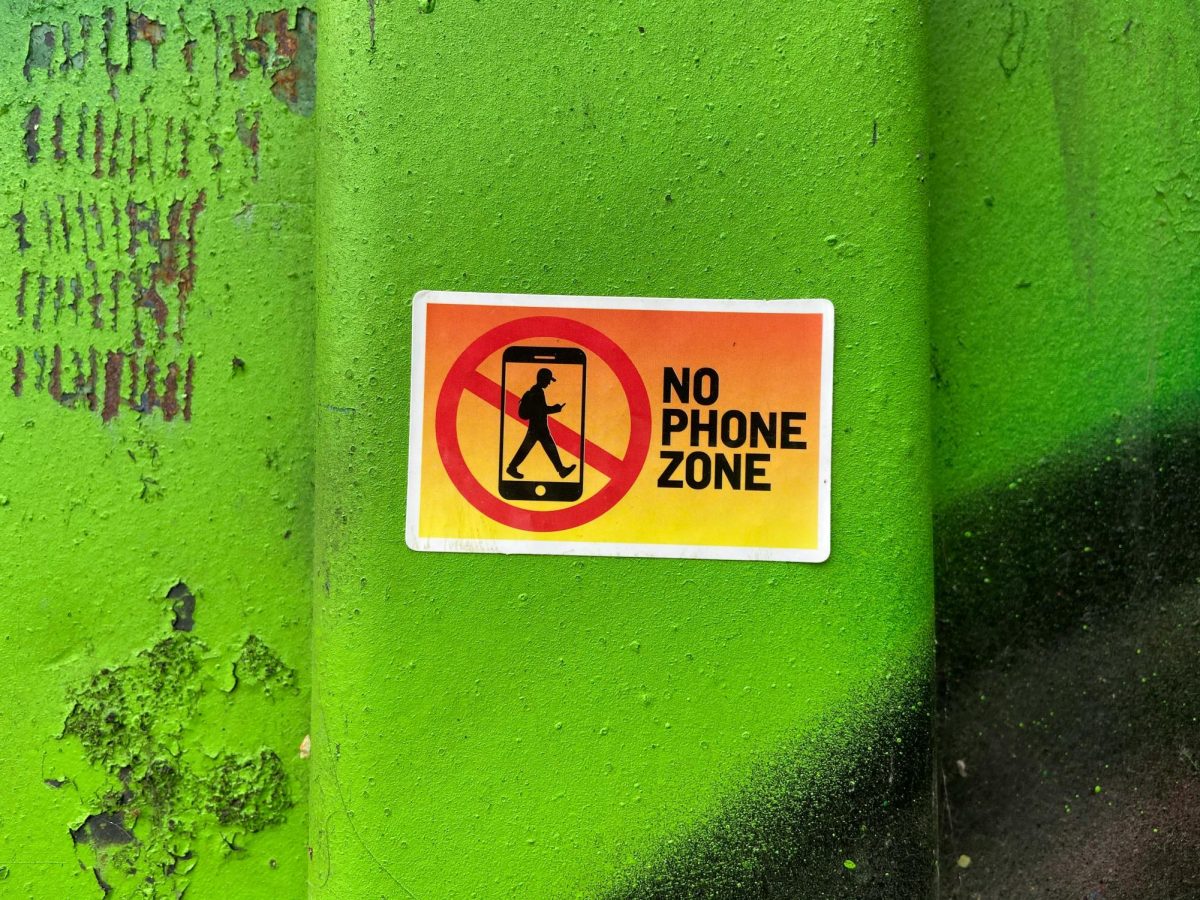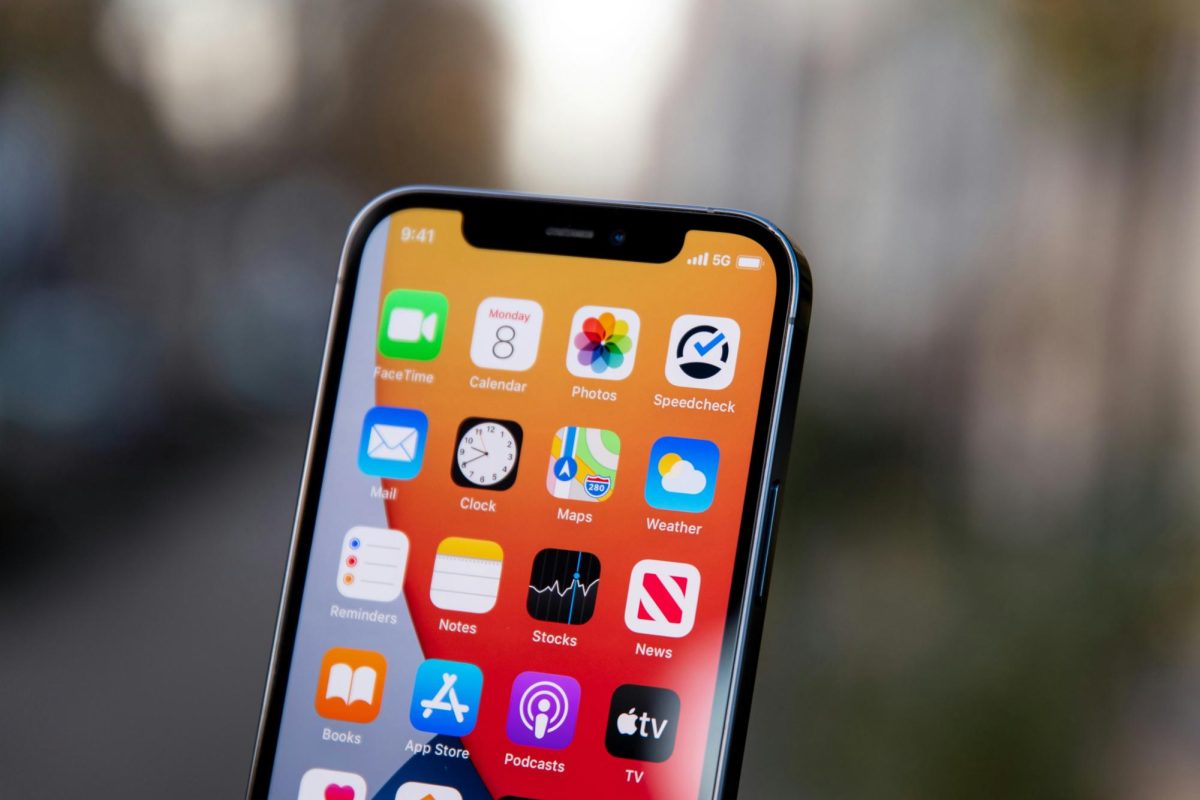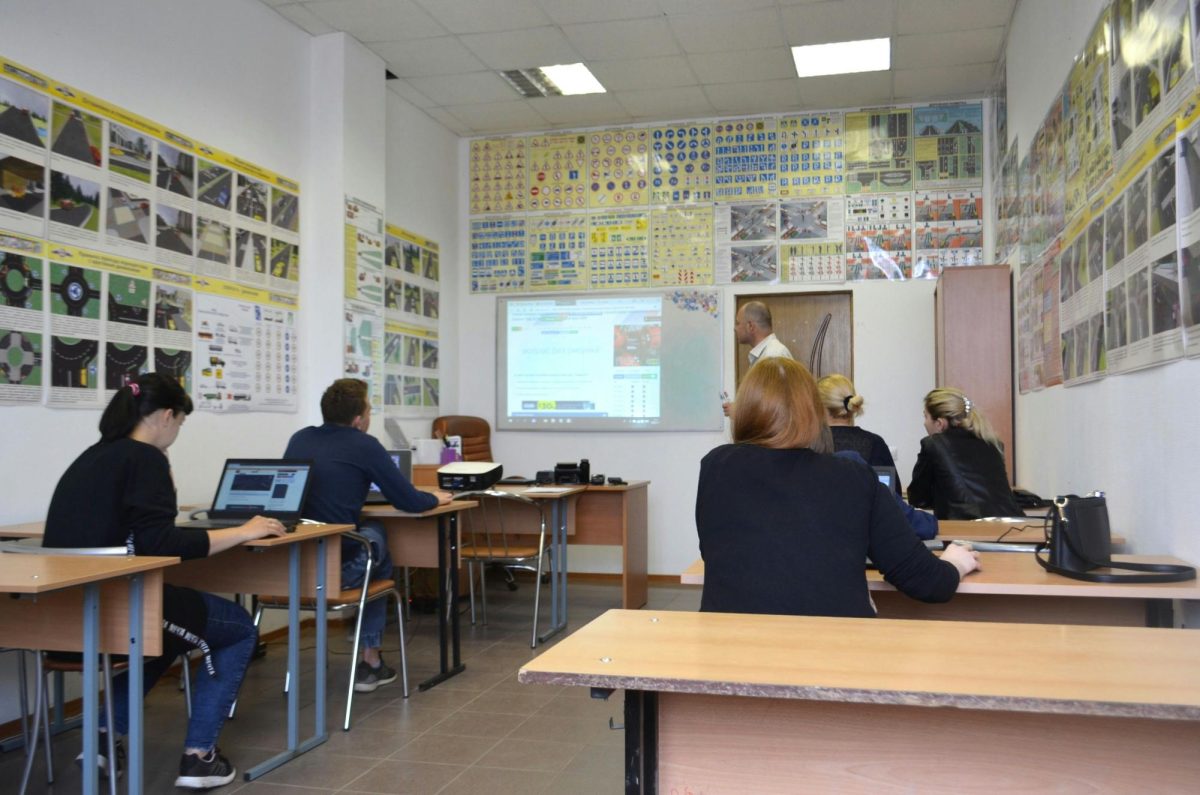This article was originally published in Kaleidoscope‘s Spring 2025 print edition. It is being published as a separate online article now for easy access.
The new ban on cellphones in New York State schools — passed as a facet of the 2026 New York State Budget — has sparked much debate among New Yorkers, but it is a necessary step toward improving student focus, academic performance and mental health. While phones have become a part of everyday life, their constant presence in classrooms has led to widespread distractions, reduced face-to-face interaction and a concerning decline in students’ ability to concentrate and learn. By removing cellphones from the school environment, educators and administrators can foster a space that prioritizes engagement, learning and social connection over such devices.
As teenagers begin to experience a dissociation and isolation from their peers and the outside world, many question if this has to do with their repeated and constant use of their cellphones and the social media platforms that go along with this usage. Not only this, but many students are beginning to lack the ability to focus on any and all given tasks at hand, contributing to dropping grades and declines in reading ability. In 2024, the average reading scores on the Nation’s Report Card, a leading national assessment that judges the reading and math abilities of fourth and eighth graders, declined by 2 points for students as compared to that of 2022. The results show that fewer than a third of students nationwide are working at a proficient level in reading. Many, including parents, teachers and administrators, are taking notice of this, leading to their attempts to go about solving these problems in a professional, proactive and appropriate manner.
Districts will have until August to craft their own specified plans for how to enforce these new policies, the process by which they plan to store phones, and to come up with the funds to take such actions. Although many argue that communication would simply be impossible between students and parents throughout the school day, the policy mandates that schools give parents the ability to contact their kids during the day when necessary. This provision could eliminate any reason for the opposition of the cellphone ban, as it ensures that students remain reachable.
Another common argument that parents make is that their children wouldn’t be able to reach out to them in the event of an emergency, such as a school shooting or fire. However, law enforcement officials throughout the state of New York have argued that unrestricted access to cellphones during such situations would create additional safety risks and could serve as distractions from safety and emergency response directions being given by the school, further supporting the cause for limiting their usage in school settings.
Another essential group affected by the overuse of cellphones during instructional time is teachers. In fact, a recent survey conducted by the Pew Research Center found that 72% of U.S. high school teachers believe that cellphones are a major problem in their classroom settings. Teachers enter their classrooms every morning expecting to teach their students, not to have to beg for the common decency that is paying attention.
Many teachers, like Devon Espejo, an art teacher at San Marcos High School in Santa Barbara, California, are tired of having to compete with devices to get their students to care. “In addition to all the other things we’re expected to do, we were policing cellphones by implementing our own rules,” Espejo explains. “It was exhausting and not what I am here to do. I don’t want to be the phone police. I want to teach.”
Another major concern is the lack of urgency and desire to learn and apply oneself among teenagers, a problem attributed to the overwhelming distractions caused by cellphones. Psychologically, this can be explained by the concept of selective attention. When individuals focus intensely on one stimulus, they tend to ignore everything else they perceive as irrelevant. In this scenario, teenagers are focused on their phones, and in turn disregard their teachers’ lessons, robbing themselves of educational opportunities.
In addition, excessive cellphone use eliminates meaningful face-to-face interactions with peers, which appears to be linked to rising levels of anxiety, stress and depression among adolescents. As Governor Hochul said, “You had that distraction … sitting in their pocket that you could whip out during lunch or study hall. They would never even talk to another student during study hall or lunch.”
Although it isn’t anywhere near decided on the way in which each school will go about enforcing this policy, the policy has been enacted. Many individuals from varying socioeconomic statuses, demographics and political ideologies agree that this policy is a significant step towards an improved society for teenagers and the future generations to come, fostering a more interconnected and determined community in educational settings.









